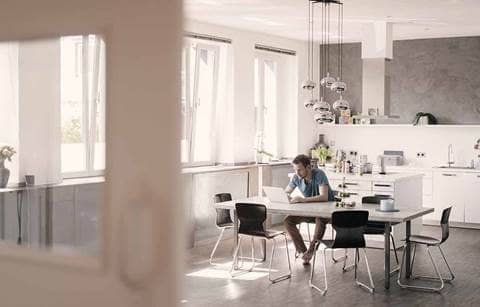A cost segregation study can accelerate tax deductions on buildings by many years. In many cases, however, they’re delayed due to the hustle and bustle of getting a new property up and running. Now that the cost of personal property can be immediately expensed thanks to bonus depreciation, it’s more important than ever for real property trades or businesses (RPTOBs) to perform cost segregation studies in the year in which buildings are placed in service.
Real property trade or business and Section 163(j)
RPTOBs can elect to be exempt from the interest expense limitation of Section 163(j). These businesses benefit from this election by fully deducting interest expense. As a trade-off, they’re required to depreciate buildings under the alternative depreciation system (ADS), which generally provides for longer recovery periods. Personal property isn’t required to be changed to the ADS method when this occurs. Final Section 163(j) regulations issued during 2020 relaxed the requirements on RPTOBs and will cause even more eligible businesses to make the election.
Benefits of cost segregation
Whenever a building is purchased, improved, or constructed, the cost always includes at least some personal property. Cost segregation studies identify this personal property so that it can be depreciated over a shorter recovery period than the building, often accelerating depreciation deductions by 20-30 years. If the study is performed retroactively for a building placed in service in a prior tax year, taxpayers generally file an automatic consent accounting method change on a Form 3115 in order to claim those deductions.
RPTOBs and cost segregation: A tangled web
Electing RPTOBs have one additional reason to perform cost segregation studies sooner than later. The reason comes down to somewhat convoluted procedural issues. Generally, taxpayers may not make a change in method of accounting under the automatic consent procedures for the same item within five years. When the automatic consent procedures are available, the filing can be made as late as when the tax return is filed and doesn’t require a user fee to be paid to the government.
When a business makes a RPTOB election and changes the life of the building to its longer ADS life, the life of any embedded personal property will also get changed since the business didn’t even know that it existed or what basis to allocate to it. The change in life for the embedded personal property is a change in method of accounting, rather than a change in use. As a result, if a cost segregation study is performed in the five years after the ADS conversion, an advance consent accounting method change would be required to change the depreciation method of the personal property again.
This advance consent filing comes along with a hefty $11,500 user fee payable to the IRS, it will also be reviewed more closely by the IRS, and it has to be filed by the end of the tax year. To avoid this pitfall, businesses should always perform a cost segregation study when new properties are acquired, or at least no later than when a RPTOB is made.
Case study
Landlord LLC acquired a building in 2016 for $1 million. On its 2018 tax return, Landlord made the election to be treated as a RPTOB for Section 163(j). As a result, Landlord changed the depreciation method of the building to ADS. In 2020, Landlord decides to perform a cost segregation study on the building. Through a cost segregation study, Landlord determines that $200,000 of the building is actually personal property that can be depreciated using a shorter recovery period and accelerated depreciation methods. However, since Landlord changed its method of accounting for the personal property to ADS in 2018 as part of its RPTOB election, Landlord is not permitted to change its method on this property again without advance consent from the IRS and a $11,500 user fee. Since the advance consent accounting method change is required to be filed by the end of the tax year and the study wasn’t actually completed until 2021, the change can’t be implemented on the 2020 tax return.
If, instead, Landlord had performed a cost segregation study in 2018 or earlier, adopting the shorter recovery period for personal property could have been done on the original return or through an automatic accounting method change. A great deal of time and cost could have been avoided.
Bottom line
It’s always a best practice to perform cost segregation studies in the year in which property is placed in service, but it’s even more important now for businesses considering making a RPTOB election for Section 163(j). Questions? Give us a call.





